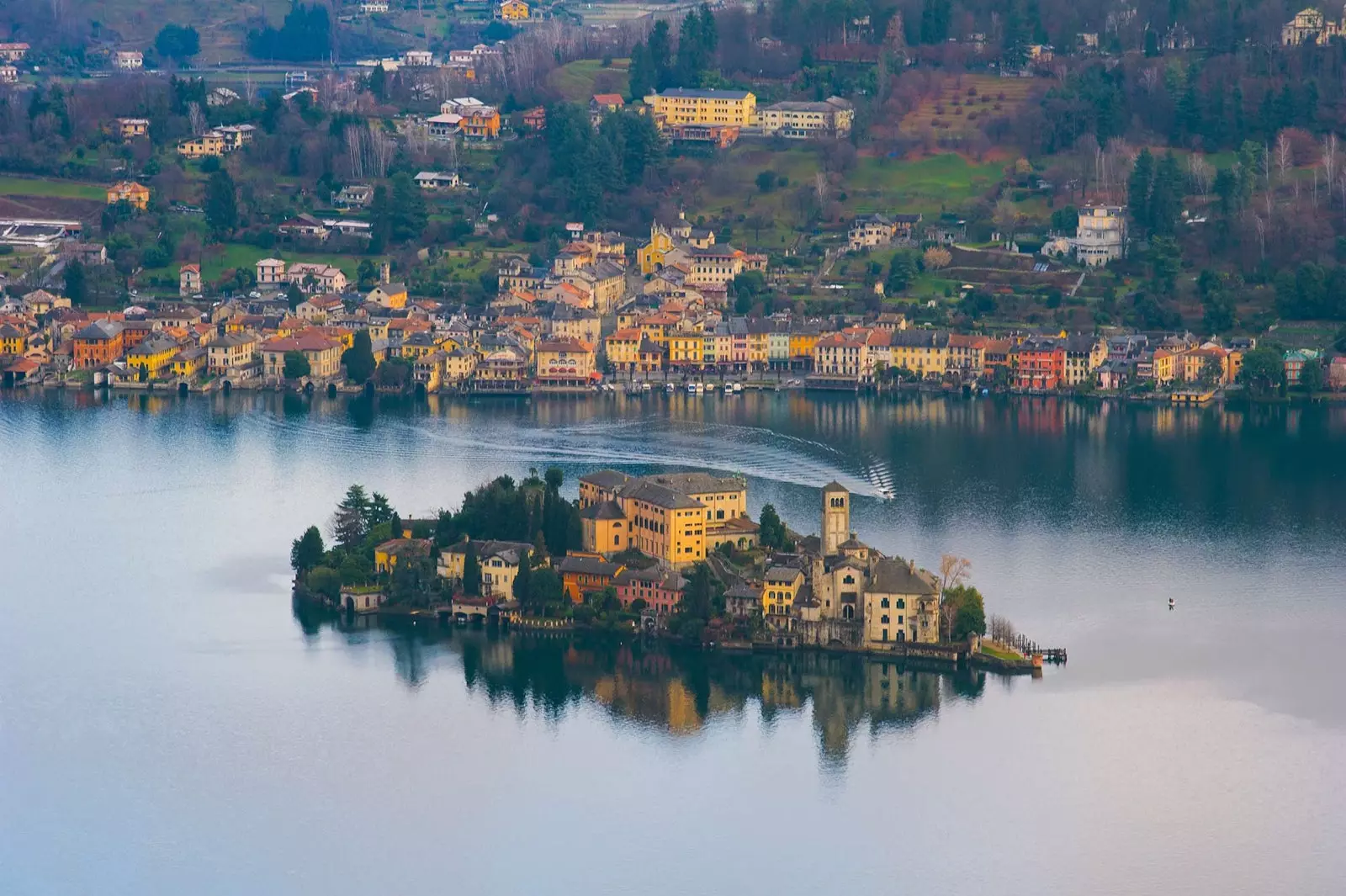
Monks, princesses and medieval treasures, the history of the Romanesque basilica of San Giulio seems straight out of a fairy tale.
In the shadow of its famous brother, Lake Maggiore, the small **Lago d'Orta (Piedmont, Italy)** has remained unknown to the tourist circuits that run through the north of the Italian peninsula. insert in a alpine valley with wooded slopes and mild climate , the low notoriety of the lake was due to the contamination present in its waters since the twenties of the last century.
The waste from one of the largest rayon factories (derived from cellulose) in Italy made it, until the 1990s, one of the most acidic lakes in the world . But those times are already part of the past: through aquatic cleaning techniques such as liming, which have been applied since the eighties, Lake Orta has recovered its high biodiversity , and there is no one who can resist submerging in its warm waters during the hot summer months.
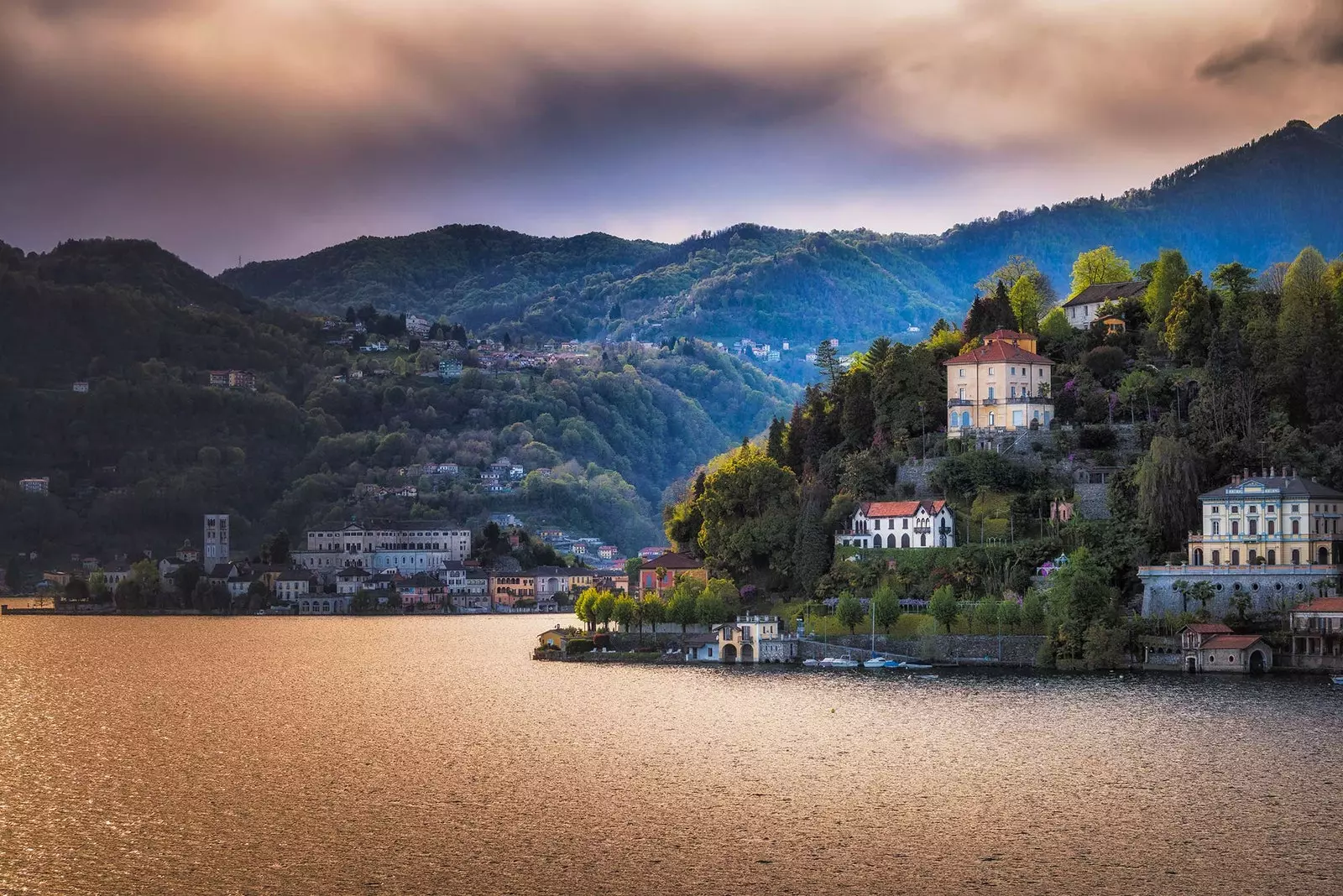
Lake Orta is one of the best options to unwind in summer.
"It's good that people come back here, but point out: we prefer tourists to businessmen." Enrico Grandi releases this warning at the insistence of the editor to know more about the industrial past of the region. From his photography business in the Motta square of Orta San Giulio, on the shores of the lake, you can see the island-monastery that stands in the very center of the elongated mirror of water. A regular line connects it with San Giulio , and taking the boat in the same Motta square, we can let ourselves be enveloped by the stillness of smooth waters under the alpine wind.
Growing in grandeur as the boat approaches its docks, the Romanesque basilica of San Giulio , like many famous buildings, represents the history of the region like nothing else. Refuge of Lombard monks and princesses, hiding place of medieval treasures and a place of retreat and rest , San Giulio has remained frozen in the centuries that preceded the catastrophic contamination of the lake.
It preserves the medieval walls, docks and dwellings, as well as elegant baroque buildings . Its alleys invite through posters to respect the silence that, since time immemorial, is the only sound that accompanies the fast steps of the monks.
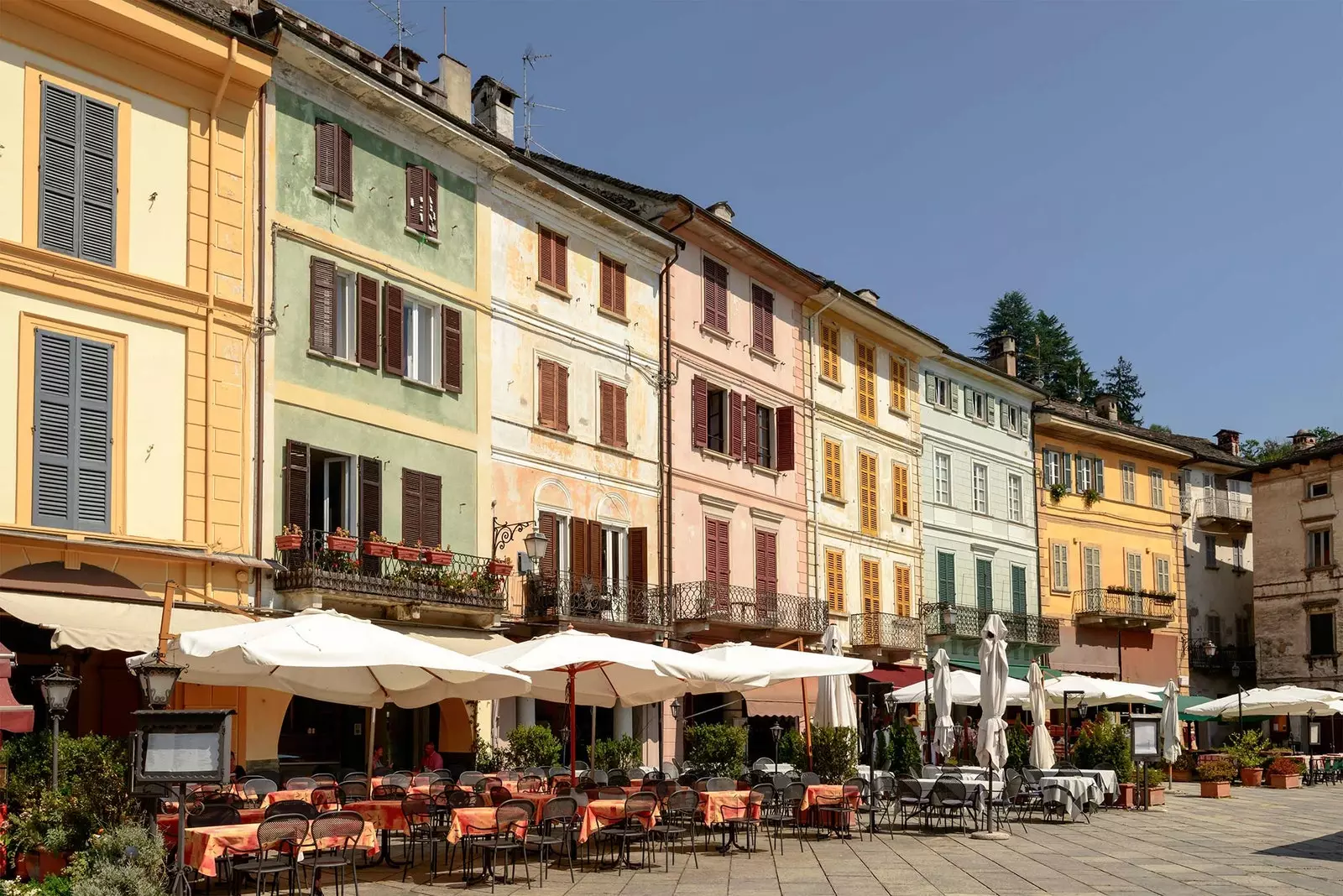
In San Giulio, Piazza Motta is a must see.
Upon disembarking again in the excellent viewpoint that is the Plaza Motta , I feel that I have returned to a parallel world from which I inadvertently left, and to which I am now forced to return. Enrico watches me with a smile from the arcades of the “Palazzo della Comunitá”, historic and medieval-style seat of the council that governed the lakeside communities.
His frescoes recall a history of independence, straddling the lords of Savoy and the bishops of Novara , which kept the people of the lake in a regime close to self-government until the 19th century. His descendants fight now for place the lake on the map of quality tourism , and renounce the masses. They do not like the model of Sirmione, on Lake Garda.
Because of this zeal, the locals invite the visitor to get lost among the houses and to step on its narrow alleys , without revealing the secrets that we can find at every corner. That is why, when the beautiful facade of the church of Santa Maria Assunta emerges among the palazzi, we feel we must stop, and breathe. We are looking for a neighbor to thank for the taste and style of his ancestors.
The wide cobbled street that ends under the portico of the church is part of the scenery that accompanies the monument: medieval houses that preserve their frescoes supported by wide porticoes , where dealers carried out their business protected from bad weather and thieves.
The stately homes look like guards that, in formation, proceed to extend their halberds over us, and watch that, always respecting the silence of the place, we servilely go to the mass celebrated in the temple . But in Orta it is not convenient to stop.
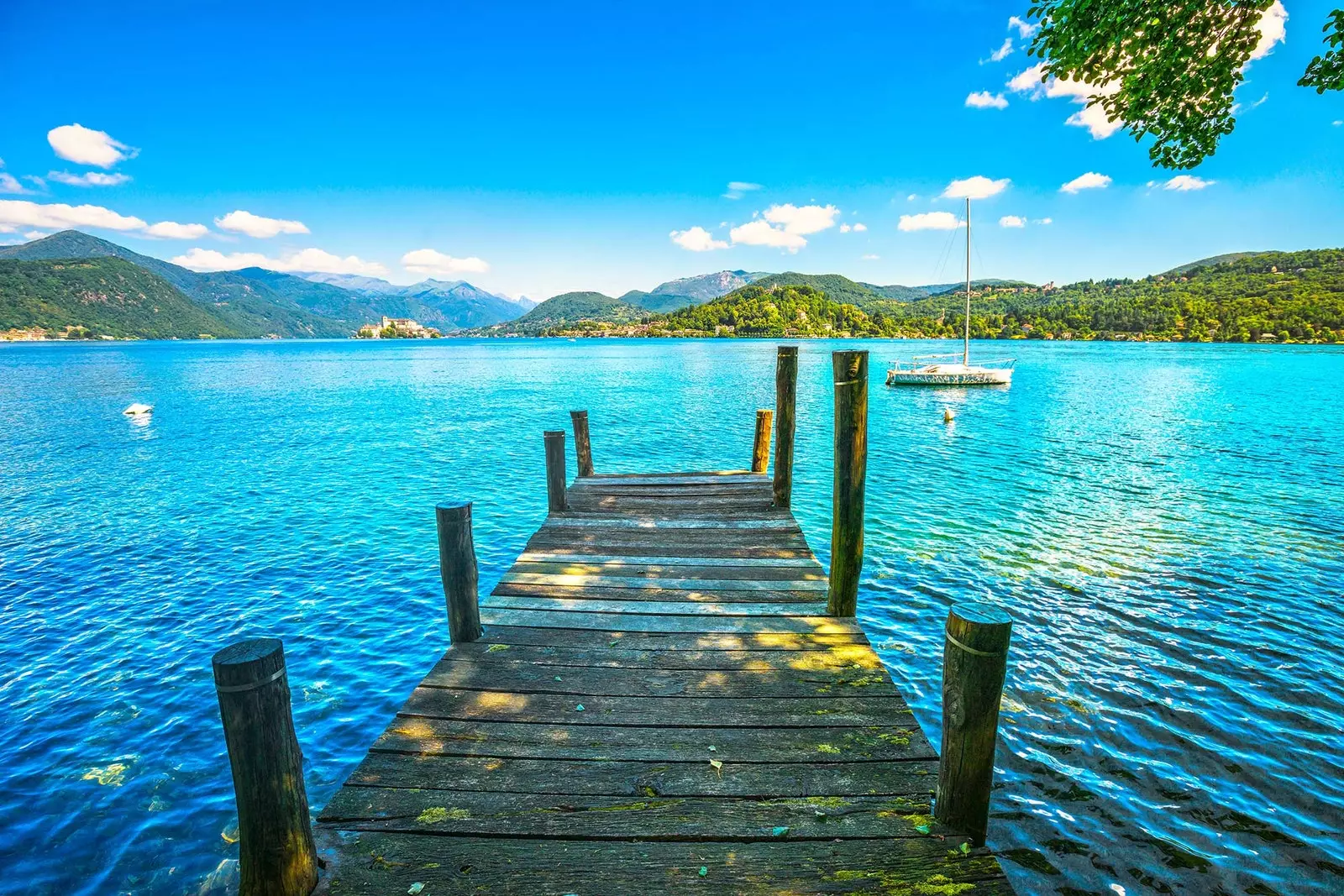
On the shores of the lake, you can see the island-monastery of San Giulio.
The alleys, sensual and with a firm outline, invite us to go further, towards the unscathed sky that roofs our journey. We are not the first, nor the last, to feel that the heights contemplate us. The place has had, since Roman times, a spiritual aura and connection with the various divinities that have been worshiped in this ancestral territory.
The streets adjacent to the church of Santa Maria Assunta , hollowed out by thousands of devout feet, all lead to the religious heart of the lake: the Sacro Monte on which Orta San Giulio stands . Since the place was named a World Heritage Site by UNESCO in 2003, it has contributed to the revival of the lake.
The reason is the existence of more than twenty Renaissance and Baroque chapels that watch over us among centuries-old trees, scattered and elusive, like children playing hide-and-seek. The same ones that must have been hidden from the eyes of Nietzsche, who camouflaged himself between the trunks and the churches, imbued by the beauty of a place that made him look with new eyes at his companion, the Russian philosopher Lou Andreas-Salomé.
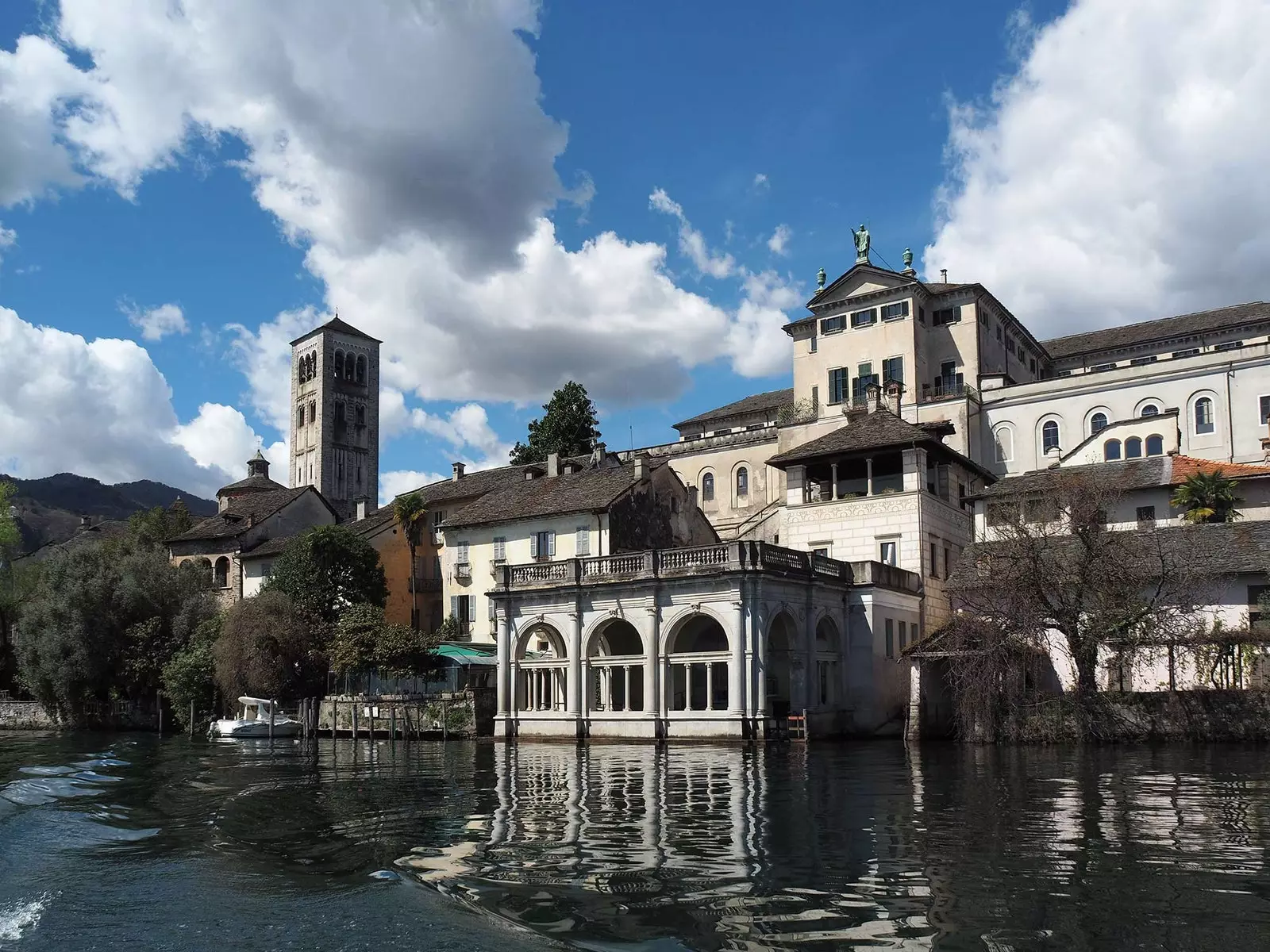
Growing in grandeur as the boat approaches its docks, the Romanesque basilica of San Giulio represents the history of the region like nothing else
"The Idyll of Orta" , as he called it, provoked a sudden infatuation in the German that made him fall into bitterness, and he spent the next few weeks longing for the lightness of the days by the lake. Nietzsche doubted if he had spent twenty days among those trees, or if it had all been a sigh. Depressed, in love with the spell of the Sacro Monte, and rejected by Salomé, Nietzsche wrote the first part of the "Thus Spake Zarathustra" rocked by the memory of the hours spent by the lake.
arrived at the top of the Sacro Monte , any visitor inclined to romanticism may think that he is the closest he has ever been to the divinity he worships, whatever it is, and if he believes in any. Even the greatest of atheists will be overwhelmed to see from above the Romanesque navel of the Island of San Giulio, the beautiful network of houses of Orta, and the gray walls tinted white that surround this hidden corner of Piedmont.
The laughter of children and adolescents bathing in the lake, the hustle and bustle of the terraces and the smell of the ravioli that begin to be prepared in the trattorie drowns out at Sacro Monte , as if the dark forest of Dante, full of temptations, opened at our feet inviting us to immerse ourselves in the worldly pleasures of eating and leisure, arts dominated by the Italians since time immemorial.
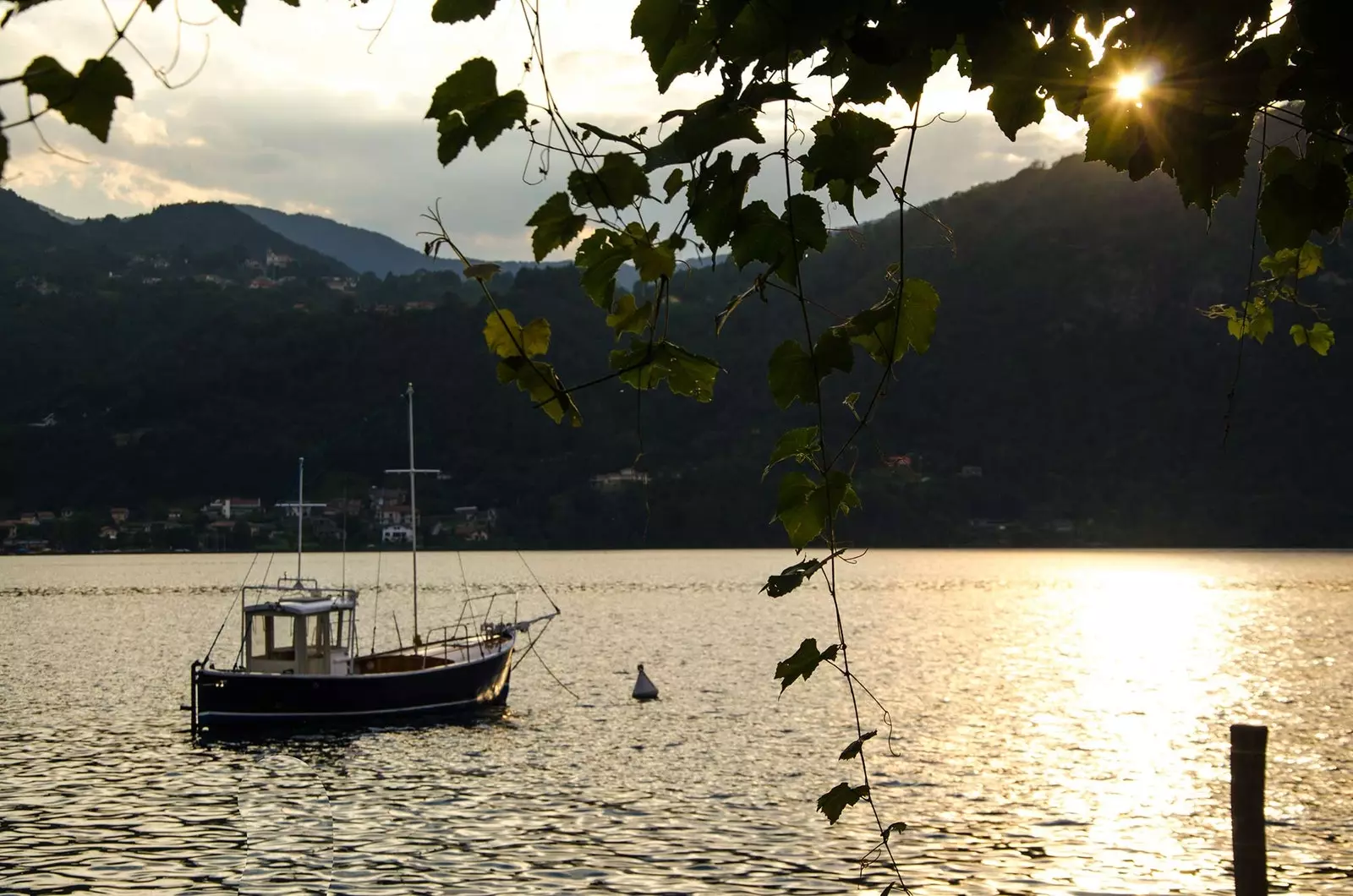
Lake Orta is once again one of the most desired tourist destinations.
The smell of funghi and tartufo ends up moving our legs . And when we believe that they cannot watch us, since no one is higher than the one who inhabits the Sacro Monte, we begin the descent. But first we feel that we are being watched. Where are the eyes that censor our little religiosity? And we see on a towering cliff, on the opposite shore of the lake, the Sanctuary of Madonna del Sasso , hanging like an eagle's nest, hanging by a thread so as not to fall into the waters of a lake now rough.
There is always someone taller watching Lake Orta. But lacking the strength that Nietzsche possessed to confront him and declare his death, we decided to return to the world following the smell of mozzarella and basil. “God is dead”, but Lake Orta has finally revived.
